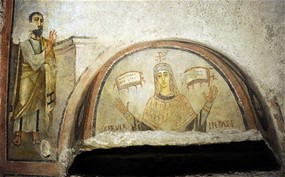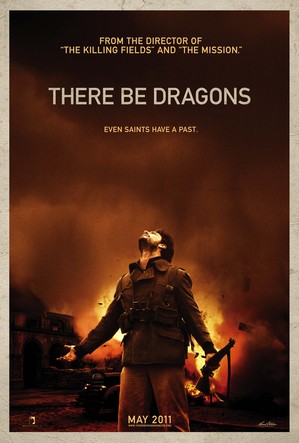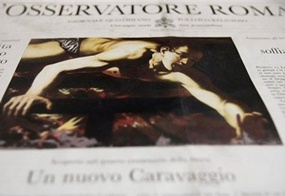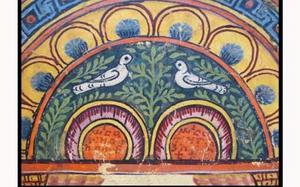The Catholic Artists Society is hosting a lecture on October 31st at 6:30pm titled “Art, Beauty and the Sacred” given by Oratorian Father Uwe Michael Lang. The evening will include the celebration of First Vespers of All Saints in the Church of Saint Vincent Ferrer (NYC). The flyer can be viewed here: Catholic Artists Society All Saints and lecture.pdf
Vespers
We will celebrate the ancient and beautiful liturgy of Solemn First Vespers for All Saints, officiated by our special guest, Father Uwe Michael Lang, C.O. Father Bruno Shah, O.P. from Saint Vincent Ferrer, and Father Michael Barone from the archdiocese of Newark, will assist in the liturgical celebration. Gregorian chant and polyphonic settings will be provided by a professional choir led by David J. Hughes, Organist & Choirmaster at Saint Mary’s Church, Norwalk, CT.
Continue reading Vespers for All Saints and a lecture “Art, Beauty and the Sacred” in NYC








